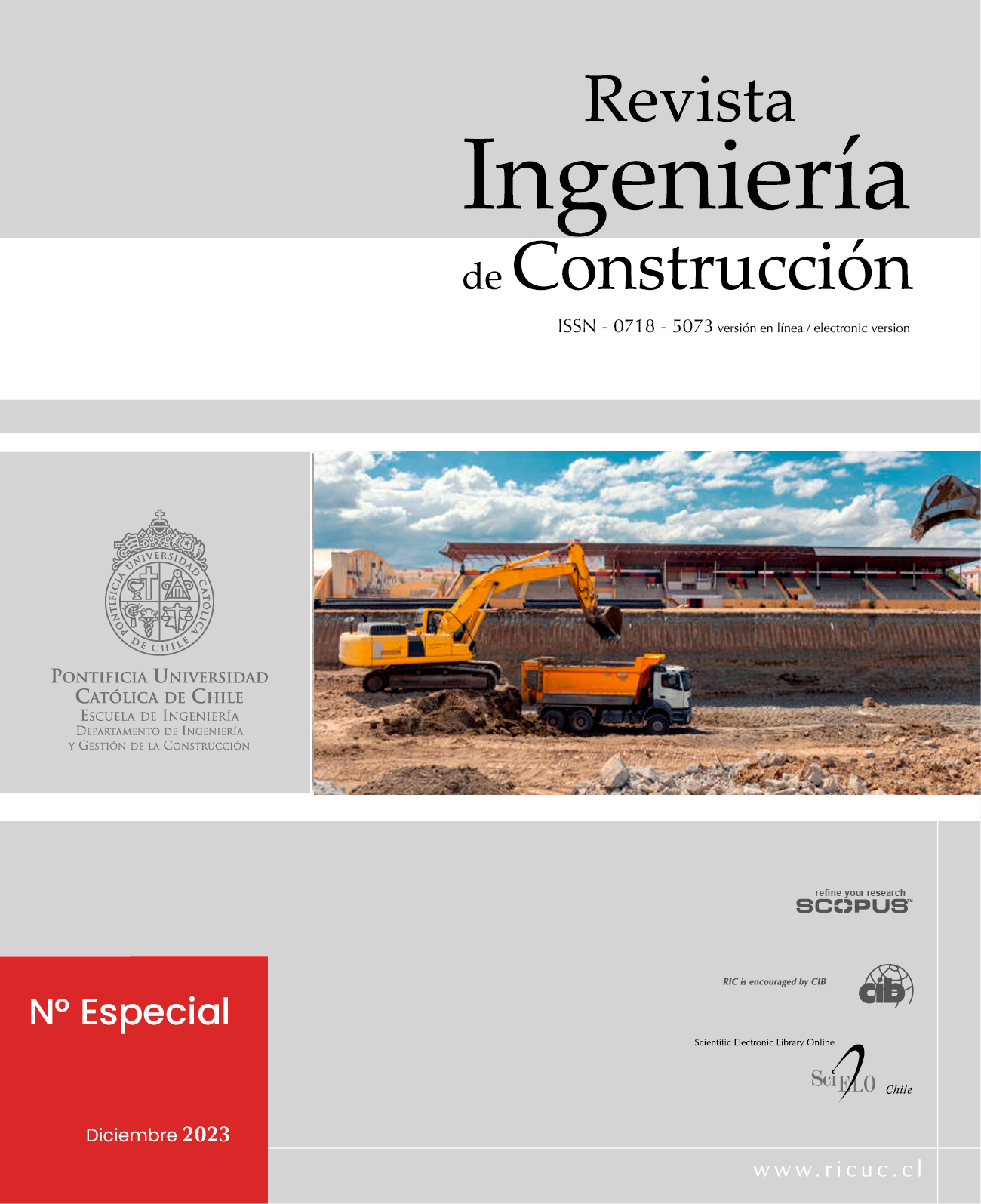Developing a new procurement model, using behavioural economics, to enable continuous improvement of productivity and better value in large UK infrastructure projects.
DOI:
https://doi.org/10.7764/RIC.00089.21Keywords:
Productivity, infrastructure, highways, procurement, behavioural economics, nudging, choice architectureAbstract
Global construction has been blighted by productivity inertia caused by behavioural bias for decades. While other industry sector productivity has grown more than fifteen-fold since 1960, construction has stagnated with no more than a seven to ten percent overall growth. McKinsey Global Institute’s report Reinventing Construction: A Route to Higher Productivity, reported infrastructure construction amongst a small group of outperforming market sub-sectors at 15 to 20 percent. This paper, which charts the development of a unique procurement model designed for high productivity, builds on that performance using behavioural insights to counter damaging and habitual biases. The new model changes trading relationships using a nudged ‘opt-out’ contract structure creating a different responsibility dynamic between client and supplier. A recognisable but different infrastructure construction procurement model to improve productivity using recognised behavioural economics and construction economics. Highways England was set up to run England’s strategic road network in 2015. The procurement model that resulted, Regional Delivery Partnerships can be refined for any infrastructure sector construction environment and sets up a key step forward in contracting based on integrated project delivery. Using a combination of counter bias strategies built from loss aversion and nudge theory this new construction procurement model uses ‘opt-out’ from lean construction to drive higher productivity. By setting up an integrator, to create an integrated project team, Regional Delivery Partnerships uses loss aversion as the motivational key to better innovation. It empowers the integrator to counter uniqueness bias and find and eradicate waste (process time and money) to enhance productivity. Reward is aligned to both optimised efficient design and high productivity working. As 100% of budget underspend can be kept rewarding the integrator, the potential of not achieving this triggers loss aversion and motivates change using the principles of escalation of commitment in favour of the client. Performance data is also used to motivate using reduced acquisition costs from secondary competition, long held as an inefficient market overhead.Using recognised pragmatic academic techniques, and constructionism; choice architectures were remodelled into a new outcome and value focused procurement model. Using applied research, the team used processes and techniques to develop, build, test, and deploy the model in open market competition. It can be used by any infrastructure sector construction client to replicate a sector specific version of Regional Delivery Partnerships that changes trading choice architecture towards higher productivity.
Downloads
Downloads
Published
How to Cite
Issue
Section
License
Copyright (c) 2023 Martin Perks

This work is licensed under a Creative Commons Attribution-NonCommercial-NoDerivatives 4.0 International License.

